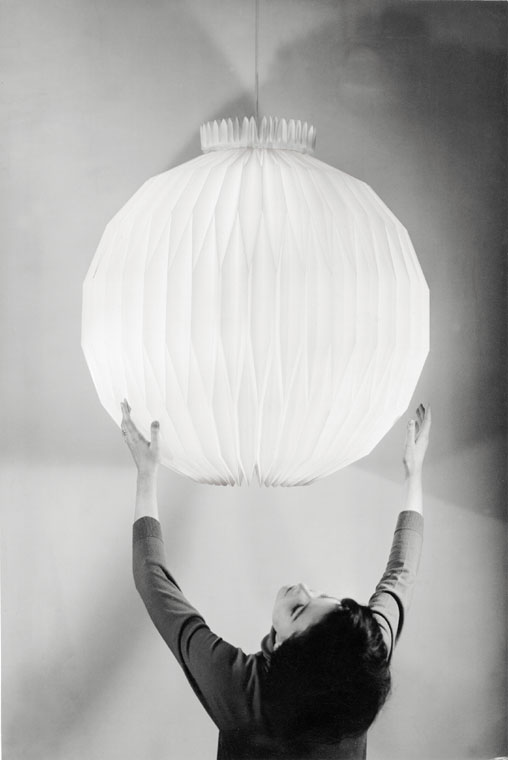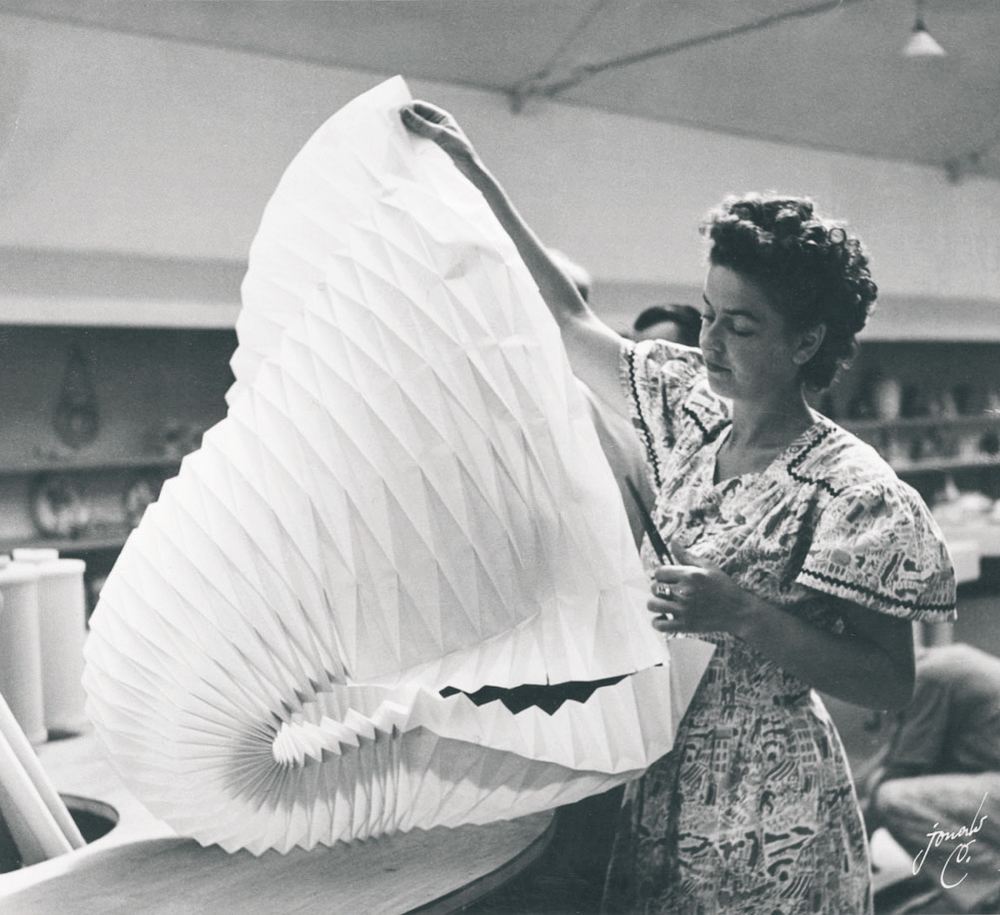Behind the shades. Le Klint and the female touch
Eva Storgaard
This paper discusses the role of women in the history of the Modern Movement; a role which was not simple as women often fulfilled other crucial roles in addition to that of architects and interior designers. Its point of departure is the complex story of the legendary pleated lampshade series Le Klint, which, since the early 20th century, made a major impact on the design of modern Scandinavian interiors. Not only did the firm Le Klint bring to the market the lampshades that were designed for modern electrical lighting – with its crafted ingenious pleating technique, the lampshade series also brought a soft, atmospheric light into Scandinavian modernism and its interiors.


However, still being widely popular, not many are aware of its origin and why it became known by everybody. Le Klint lampshades owe its lasting success to a strong branding strategy from the very beginning, carrying the name of the young girl Le Klint. Le was the daughter of the inventor and developer of the lampshades, Tage Klint, and a niece of one of its most important designers, architect Kaare Klint. Initially, Le Klint stood in for the laborious, manual pleating of the lampshades – a meticulous crafting technique. Soon she was also made a sales and shop manager, responsible for Le Klint’s branding and marketing strategies. Even though Le was not the conceptual inventor of the lampshades, she strongly identified with ‘her’ lamps and started to design lampshades herself. Unfortunately for Le, her role and shares in the firm were relatively quickly marginalized by others, a development that made her deeply frustrated and unhappy. Her story shows very clearly how difficult it could be for women to gain a foothold in a male-dominated world in the heydays of modernism. In addition, this paper also illuminates the history of the brand Le Klint, its numerous designs by architects, and remarkable crafting technique, which is today still executed by ‘pleating girls’.








